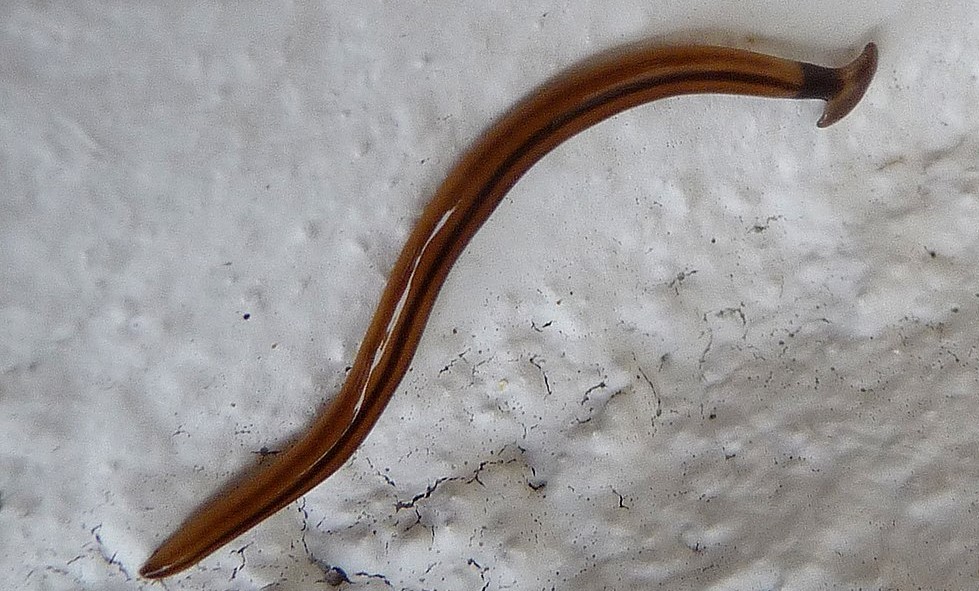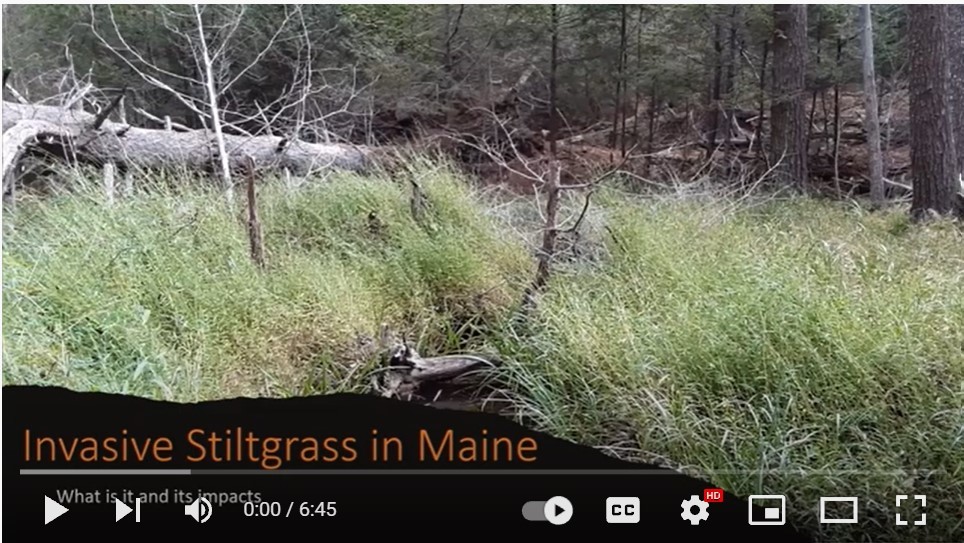MELeaf: A Newsletter From the Horticulture Program, October 6, 2021
In this issue:

Introducing Hillary Peterson, our new Integrated Pest Management (IPM) Specialist. Hillary has taken Kathy Murray’s former position and will be continuing the work with our School IPM program as well as working with greenhouse growers and on other homeowner or agricultural pests as they become a potential problem.
Hillary comes with a background of working in entomology, education, and integrated pest management in several settings. Hillary earned her Ph.D. in Entomology at Penn State University in 2020, conducting research on potential biological control agents of the invasive brown marmorated stink bug in tree fruit. She earned her B.S. in Biology with a concentration in Ecology in 2015 at the University of Maine, and worked in the labs of Dr. Frank Drummond with honey bee biology, spotted winged drosophila, and blueberry IPM, and Dr. Eleanor Groden, working with the invasive winter moth. Most recently, Hillary has gained experience in education, teaching biology courses at Central Maine Community College, in Cannabis IPM, setting up an IPM program for an organic grower, and lots of outreach, being heavily involved with the Maine Entomological Society. Contact Hillary at hillary.peterson@maine.gov.
|
Hammerhead worms (Bipalium sp.), sometimes called broadhead planarians, are non-native, predacious earthworms that feed on other worms, insects and mollusks in the soil. As the name suggests the worms have a distinctive shovel shaped head and a snake like body that can be up to 15 inches long. Some reports indicate that these worms are found in Maine, but we cannot find reliable sources to verify any sightings. In the US hammerhead worms seem to prefer warmer environments and they are known to establish in greenhouses. Hammerhead worms can move to new locations with horticultural products including plants and mulch. If you see hammerhead worms please send the location and a picture to horticulture@maine.gov. Avoid handling hammerhead worms with bare hands as they excrete a substance that can be hazardous.
 A hammerhead worm. Photo Credit: gailhampshire from Cradley, Malvern, U.K
Following a year of unprecedented uncertainty and phenomenal plant sales, spring of 2021 exceeded expectations for many greenhouses and nurseries. Despite shortages of labor and peat, inspectors found seasonal greenhouses sold out of annuals earlier than usual. The unusual hot dry conditions in June and cool rainy July may have helped keep some disease and insect pressure lower than in typical years. The following breaks down the major pest trends and significant finds from inspectors.
Spring
Aphids were recorded significantly more than other early season insect pests on a large variety of hosts. In many instances they were found on or near plants that overwintered in greenhouses including weeds, which gave them a suitable environment to survive. Populations of thrips picked up in June when temperatures skyrocketed. For diseases, powdery mildew was recorded most often on common hosts such as rose, strawberry, dahlia and rosemary. Broad mites were identified causing downward leaf curling, discoloration and flower bud drop on pepper plants. Later in the spring, lots of tiny round holes chewed by a very small species of flea beetle were noted at several businesses on rhubarb, eggplant and tomato leaves.
Mid-Summer
July started with inspectors responding to reports of male browntail moth adults flying to outdoor lights and female moths laying eggs on surrounding nursery stock at garden centers in central Maine including Androscoggin, Kennebec and Penobscot counties. Daylily leafminer is now considered widespread and present at most businesses that sell daylilies. Sunflower seed moth caterpillars were observed damaging flowers on several hosts in the aster family including Echinacea, Rudbeckia and Heliopsis. At one retail nursery, fire blight infections caused significant damage to apple trees that had been overwintered on site. This may have been caused by disease pressure from the surrounding area and/or the selection of varieties that are not resistant to fire blight.
Late-Summer
Inspections of production and retail nurseries in August and September indicated low populations of common woody plant pests such as Japanese beetle, flea beetle and cedar-apple rust. Oak shothole leafminer and spruce gall adelgid were observed frequently at businesses growing those crops. Several nurseries had red maple trees displaying interveinal chlorosis, indicating a nutrient imbalance. Wet conditions in July were ideal for the development of powdery mildew on peony, lilac, veronica, phlox, bee balm and other hosts. Rust was commonly found on the leaves of deciduous swamp azaleas. One nursery had several red oak trees with large holes including frass, at the base of the trunk. These are believed to be caused by a native borer and will continue to be monitored. Elongate hemlock scale was seen on hemlock and balsam fir trees at two nurseries where the pest had been found in previous years. Recently, browntail moth caterpillars were found weaving winter webs on apple, rose, and oak trees at a nursery where the adult flight had been high. And finally, a heavy infestation of white pine scale was discovered on mugo pine causing interior needle drop.
The Horticulture Program is always interested to hear how plants at your business faired this year and if pests you encountered differed from what we have reported. If you would like to share your observations, please contact us at horticulture@maine.gov.
The last issue of the MELeaf included an article on invasive stiltgrass. The Horticulture Program and the Maine Natural Areas Program (MNAP) recently released a short video about stiltgrass and how to identify it. Stiltgrass is known to spread to new areas on nursery stock; it is important that all nursery professionals be familiar with this plant to prevent its spread. Check out the video and do your part to help protect Maine's forests.

|